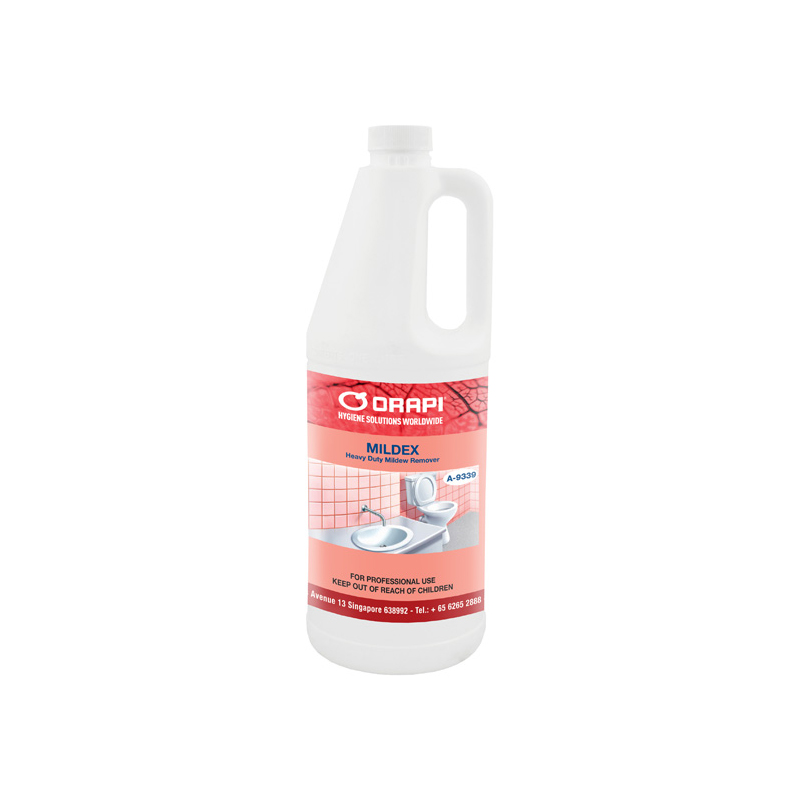If you have a chronic disease like asthma or allergies like hay fever, you’re probably already aware of the effect mould can have on your health. However, even if you are one of those lucky beings born with a perfectly healthy immune system, mould can make you pretty miserable. Wheezing, coughing, and eye, skin, and throat irritation are a few health problems you might face if you are exposed to mould. Prevention of mould is paramount in keeping your hygiene standard high.
Mould grows mainly on moist surfaces, so you can’t fully control your exposure to it outdoors or in public spaces, but you can check for mould growth in common indoor places and take appropriate preventive measures. Here are the 5 common places to look for mould growth and the steps you can take to prevent them or remove them and also we will recommend some best mould remover solutions in this article.
1. Window Frames and Window Sills
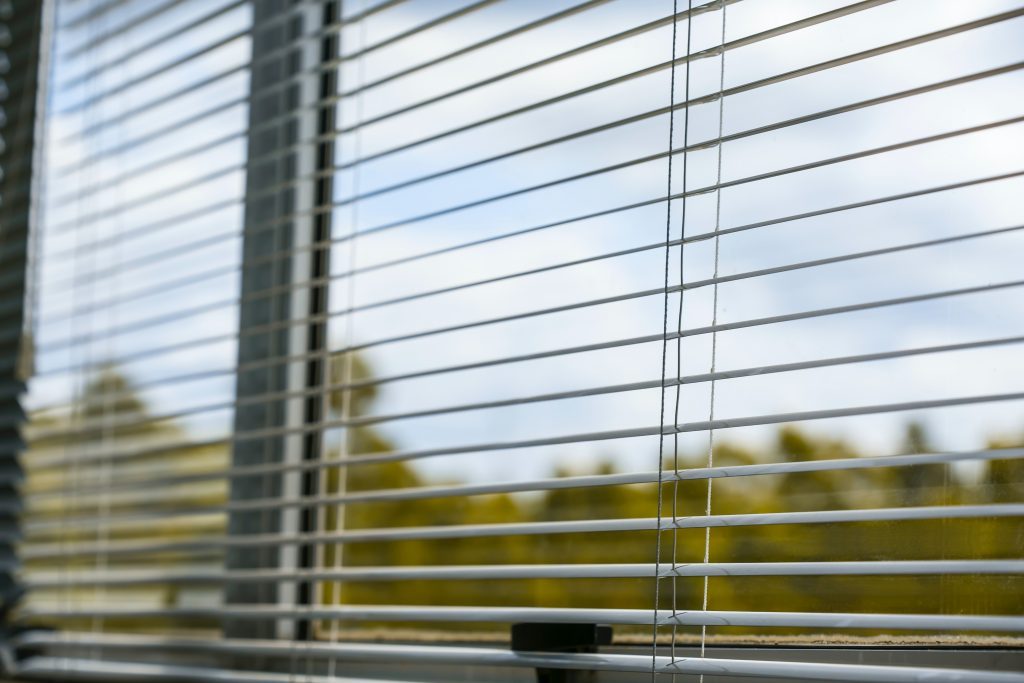
Windows can collect moisture in various ways—on hot and humid days, condensation forms on the exterior of your windows when ambient outdoor air meets the cold surface of your window panes, which are cooled from the inside when you run your air conditioning. During the winter months, condensation forms on the interior of windows when the warm and humid air cools as it contacts the cooler surface of windows. Otherwise, moisture from rainwater can also cause problematic mould growth.
To keep your window frames and window sills mould-free, be sure to:
- Use a dehumidifier to remove excess moisture from the air
- Use a non-toxic glass and window cleaner to remove dirt, grime, and water stains.
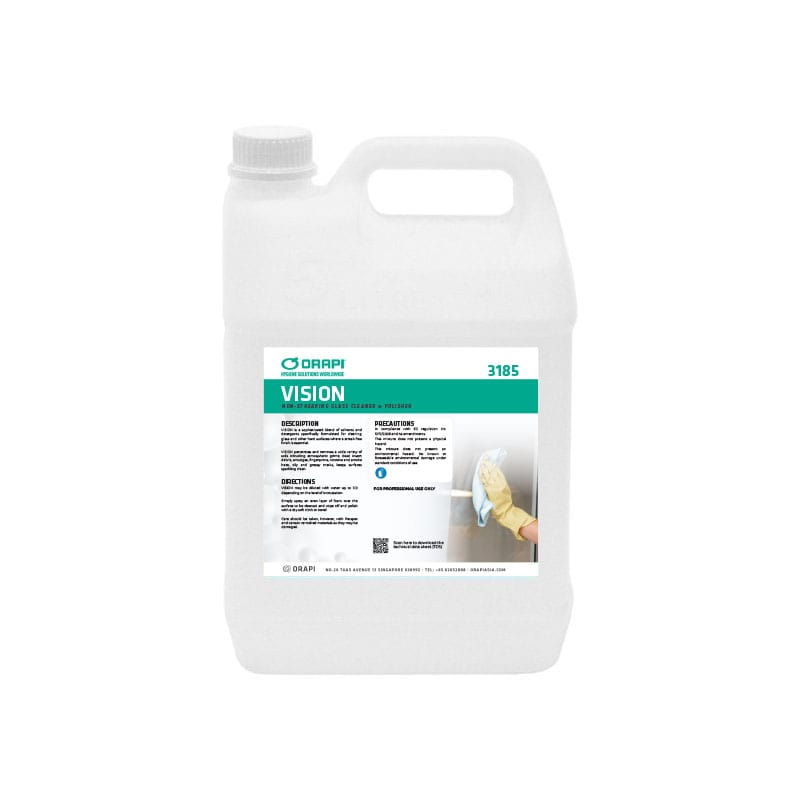
ORAPI RECOMMENDS:
VISION is a sophisticated blend of solvents and detergents formulated explicitly for cleaning glass and other hard surfaces where a streak-free finish is essential. In addition, it removes a wide variety of soils, including grime, debris, and fingerprints, and keeps your windows sparkling clean. This mould remover will help remove and prevent mould from forming.
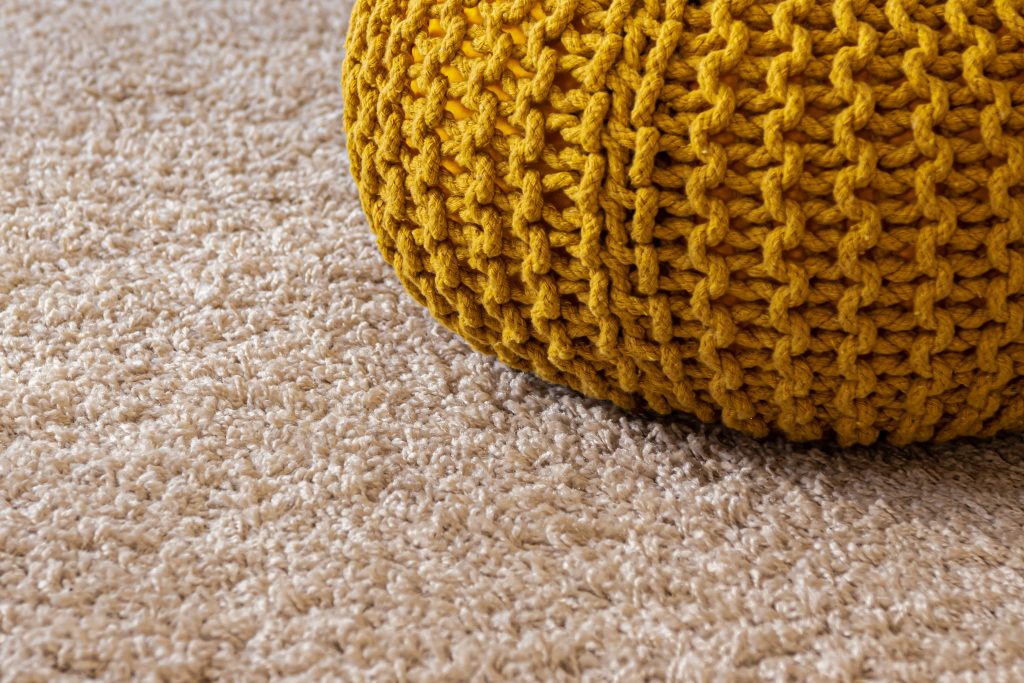
2. Carpeting, Upholstery, and Fabric
Fabric surfaces are porous and are known for collecting mould. Anything from spilt drinks to contact with sweat or condensation can cause moisture to get trapped in the fabric. Carpets, clothing, couches, and towers are among the many surfaces particularly prone to mould growth. Mildew can grow on any of these things if you leave them wet for too long, and once mildew spreads, mould is sure to follow. It is especially hard to see mould growth on carpeting, mainly because mould can grow under the padding of carpets.
Here’s how you can prevent mould from growing on your carpeting, upholstery, and fabric:
- Immediately clean up large spills and leaks and then thoroughly dry the area.
- Use products that won’t leave residue to clean your carpeting.
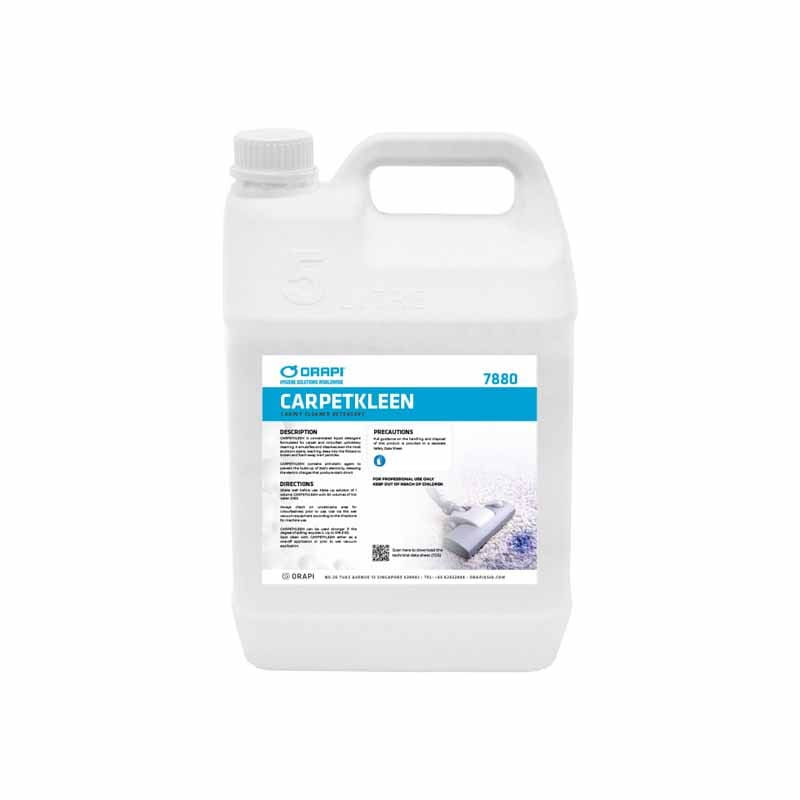
ORAPI RECOMMENDS:
CARPETKLEEN cleans all-natural and synthetic fibres, dries quickly to a non-sticky and residue-free finish, delays the return of dirt, restores matted fibres to their natural look, and leaves a fresh lavender fragrance behind. This mould remover also remove mould and prevent mould from forming.
3. Curtains and Couches

As mentioned before, fabric and upholstery do a great job of collecting mould spores. Moreover, mould often grows in damp and dark conditions, and since curtains and couches are mostly used and kept indoors, mould is likely to grow on them. Mould build-up around couches especially can have real health concerns, at worst and at best, make the house dirty.
Here are some tips for preventing mould growth on your couches and curtains:
- Vacuum curtains and couches or use a stiff bristle brush to remove mould.
- Regularly apply a mould removing cleanser to your curtains and couches.
4. On Your Mattress

Mattress mould is caused by a mix of humidity and bacteria. It is worth noting that mould spores are always present to some degree in the air, so a humid environment is all it takes to encourage its growth. Mattresses in direct contact with the floor have a slightly higher chance of mould growth since the underside of the mattress is usually left unventilated, which enables the build-up of heat and moisture, creating the perfect scenario for mould to thrive in.
To prevent mould from spreading on your mattress, you can:
- Vacuum both sides of the mattress thoroughly.
- Use warm soapy water and clean the affected area using circular motions.
5. On Wooden Table
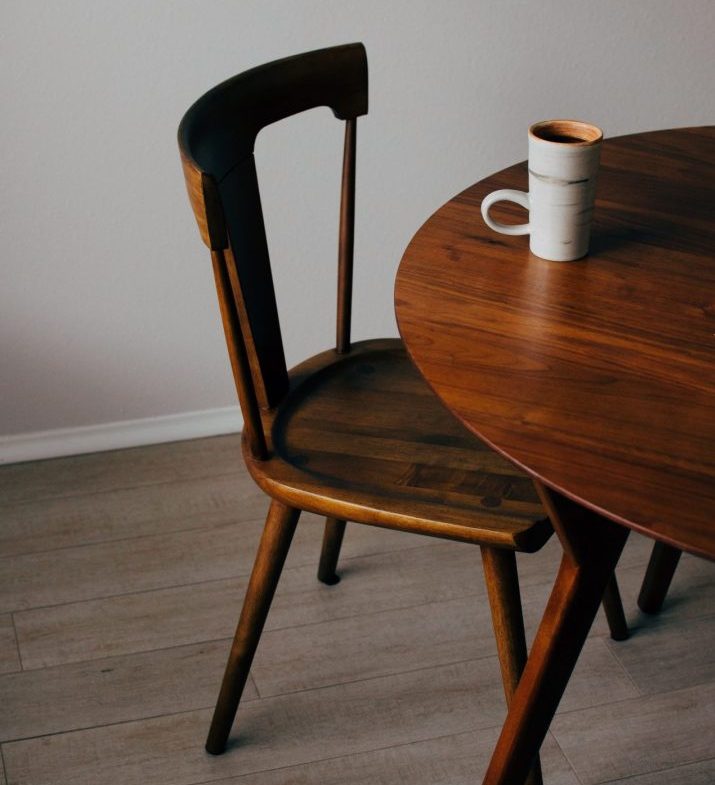
Problems relating to mould and mildew are caused when furniture such as a wooden table is placed too close to a poorly insulated exterior wall. However, if your house is very well insulated, mould growth might occur because of high humidity.
Mould can also develop on painted legs of tables due to elevated humidity. In this case, the mould growth is likely feeding off the settled dust that has accumulated on the painted surface. Mould growth like this only occurs in rooms with very high humidity levels.
To keep mould growth at bay, follow the steps mentioned below:
- Ensure adequate ventilation in the room in which wooden tables are kept.
- Paint the legs of the wooden tables with waterproof or mould resistant paint.
ORAPI RECOMMENDS:
MILDEX is mould remover that has a heavy-duty chlorinated penetrating formula that totally destroys mildew stains and soap scum stains that build up on grout or tile surfaces wherever dampness encourages these stains to form. MILDEX breaks down the soap scum that can hold mildew stains and leaves the surface clean; penetrates and kill mildew at the root. MILDEX formulated with thick foam ensures dwell time for maximum removal of mould and mildew.
BONUS: How to Control Odour from Mould Growth
To control the odour resulting from mould growth, first, you must follow all the steps mentioned above to prevent the growth and spread of mould and try to avoid using a mould remover as much as possible. Don’t forget to keep the room well ventilated and install a dehumidifier to reduce moisture within the room. Ventilation will also keep the room smelling fresh by dissipating the musty smells resulting from mould growth.
If the smell still lingers, deep clean the carpets and upholstered furniture—on a dry and breezy day so that the fabrics will dry quickly—and clean and declutter every space. Stacks of papers and books can trap moisture, so it is essential to dispose of as much clutter as possible from every corner of the room.
Otherwise, you can install the ORAFRESH VANILLA, a permanent air disinfectant that immediately purifies the air and leaves a burst of fragrance for hours. It allows 6000 sprays and lasts up to 4 months, making it ideal for hotels, office buildings, washrooms, commercial centres, gyms clubs, garbage cans, etc.
Learn more how differentiate mould from mildew down below:


